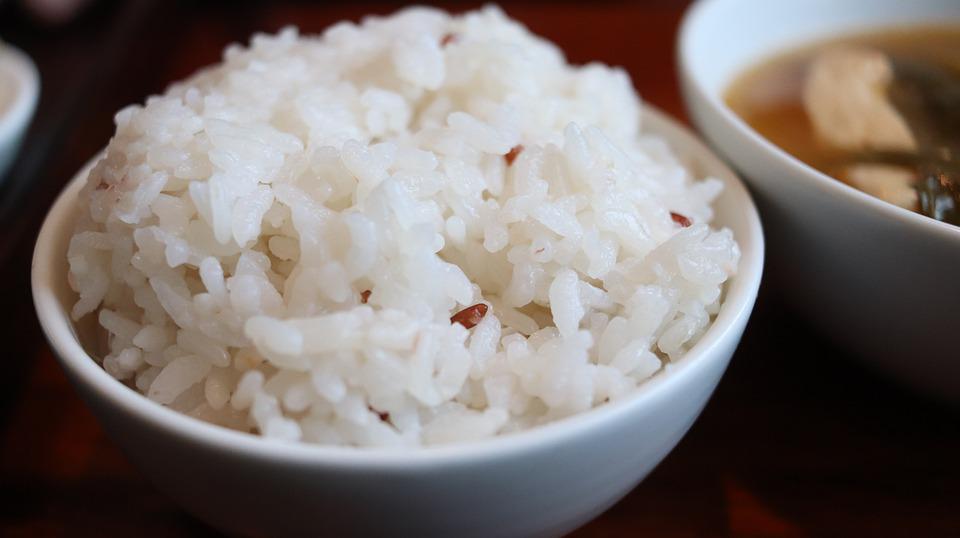
Fortified rice is nice, but the Centre’s plan to promote it is flawed
Anaemia and malnourishment are major challenges, but the approach taken to tackle it needs to be holistic, natural, safe and community-driven

Speaking from the ramparts of the Red Fort on August 15 last year, Prime Minister Narendra Modi declared the distribution of fortified rice to India’s poor by 2024 with an aim to address the challenge of nutrition deficiency, a topic which has for long besieged the country’s health machinery.
The Food Safety and Standards Authority of India (FSSAI) claims that “food fortification is a scientifically proven, cost-effective, scalable and sustainable global intervention that addresses the issue of micronutrient deficiencies.”
Though the Centre had launched a pilot in 2019-20 with 15 districts, it eventually plans to distribute 37.5 million tonnes of fortified rice through the Targeted Public Distribution Scheme and Other Welfare Schemes by March 2024. For the records, a total of 37.5 million tonnes of fortified rice equals the entire quantum of rice allocated by the government for the year 2020-21.
What is fortified rice? What’s the objection to its use?
One kilogram each of iron powder, vitamin B12 and folic acid are added to a quintal of powdered rice, reconstituted into small rice-grain shaped pellets and distributed through different food schemes. This is what constitutes fortified rice, as per as per the Union government.

The pilot project was okayed for three years in 15 districts starting 2019-20 to address anaemia and micro-nutrient deficiency in the country.
A team of Right to Food Campaign visited targeted districts in Jharkhand on a fact-finding mission and was unhappy with the results of indiscriminate distribution of fortified rice among the poor, in anganwadis and schools. The team asked the Jharkhand government to halt the distribution of fortified rice immediately.
While fortified rice is primarily aimed at anaemic patients (iron deficiency), a good number of tribals in Jharkhand suffer from blood disorders like thalassemia and sickle cell. Use of fortified rice is not advisable for such patients, say doctors.
The fact-finding team pointed out the irony in the government approach towards addressing anaemia. “On one hand, the government understands the health risks of consumption of iron fortified food for many people with particular health conditions in our society, and brings in regulations like this. On the other hand, the government itself is distributing such rice in all its food schemes where the poor have no option but to depend on this entitlement for their food security,” the team said in its report.
Experts also question the Centre’s rush with pushing the fortified rice scheme to 257 districts when the results of the three-year pilot project are not known. Also, there is lack of scientific data to substantiate the effectiveness of fortified rice in tackling anaemia.
Importance of food diversity
Food fortification is not the ultimate answer to address the challenge of nutrition deficiency, but diversity in diet is certainly a time-tested and proven method.
Anaemia and malnourishment are major challenges confronting the country, but the approach taken to tackle it needs to be holistic, natural, safe and community-driven. Diversity in diet cannot be ignored for unproven methods like food fortification, the Right to Food Campaign report stated.
Also read: BP nation: Over 28% of Indian adults are hypertensive, says ICMR survey
In fact, there are effective ways of dealing with nutrition holistically. Local, diverse foods (including uncultivated forest foods and traditional crops and varieties) play a key role along with participatory learning in these community-led approaches.
The report suggested that the government expand its food security basket by including millets, pulses, eggs, cooking oil and milk in the food schemes. “Nutrition gardens should be scaled up along with support to extensive livestock systems that provide nutrition as well as support livelihoods.
“Further, a well-managed micronutrient supplementation program can be run with the supply of such micronutrients smoothened out and last mile delivery ensured,” the report added.

